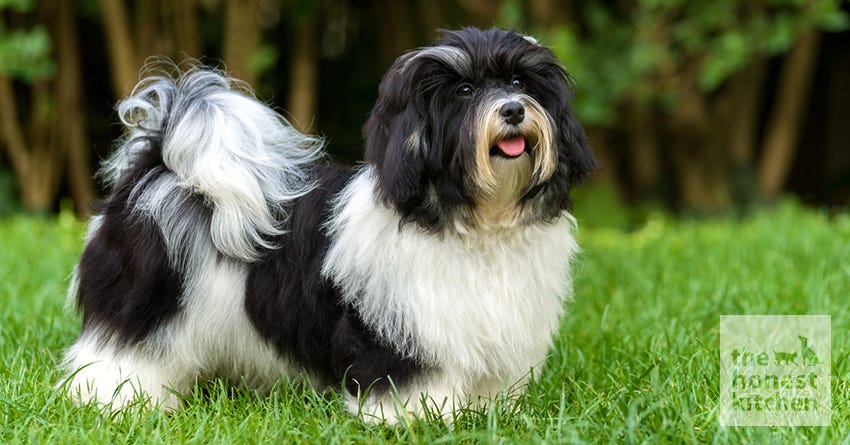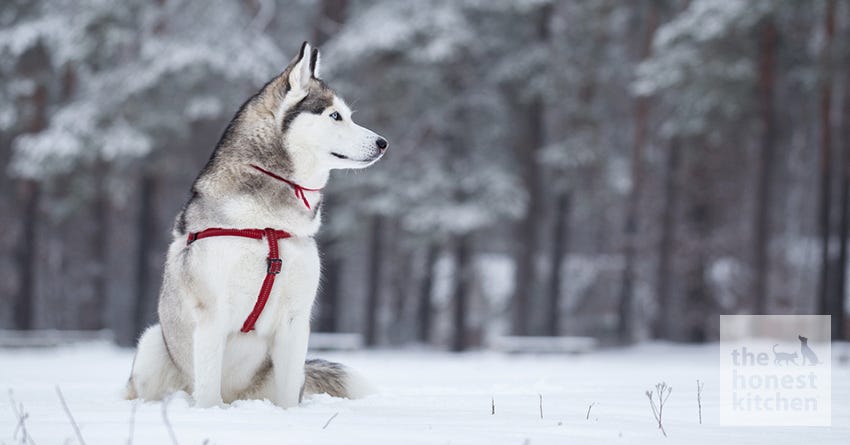Does a double coat mean double the ease…or double the upkeep?
Dog coats don’t just differ in terms of color, texture, and length. They can also be divided into two categories: single coat and double coat. Before you groom your dog, you need to know what type of coat you’re your dog has. Here are the basics about double coated dogs, some examples of breeds that have double coats, and how to properly maintain this type of coat.
What is a Double Coat?
A type of coat that consists of two layers, double coated dogs have a dense undercoat of short hairs (woolly in texture) under a top coat of longer hairs called guard hairs. When a dog appears to be fluffier, it means he has a denser undercoat. This means you’ll be up in for the long haul when it comes to grooming. This dense undercoat protects a dog from both hot and cold temperatures, and the top coat helps to repel moisture and dirt.

Shiba Inu |
©istockphoto/Katerina_Brusnika
Double Coated Dog Breeds
Spitz-type dogs and other breeds with thick, fluffy coats have double coats, as do several small-breed terriers that have a wiry soft top coat. Examples of double-coated breeds include:
- Akita
- Alaskan Husky
- Shiba Inu
- Siberian Husky
- Australian Shepherd
- Shetland Sheepdog
- Bernese Mountain Dog
- Great Pyrenees
- Newfoundland
- Golden Retriever
- Labrador Retriever
- Miniature Schnauzer
- Havanese
- Pomeranian
Shop Skin and Coat Pour Overs

Havanese | ©istockphoto/Dorottya_Mathe
Grooming Tips for Double-Coated Dogs
Double coated breeds shed a lot, so proper grooming is important. When you start slacking in the grooming department, hairs in the undercoat will get caught up in the top coat, resulting in mats and tangles. Although you can’t keep a dog from shedding, you’ll find that routine grooming sessions will keep dog-related allergies to a minimum. Here's a collection of tips for grooming your double coated dog:
- To remove loose and dead hairs from your dog’s undercoat, use an undercoat grooming rake.
- The fur is thicker and longer on your dog’s butt, so you’ll need to use a slicker brush.
- To prevent mats and tangles, you need to brush your dog at least two or three times a week.
- To remove dead and loose hairs from the top coat, go over your dog with a wire pin brush or comb.
- Work through mats and tangles with a wide-tooth comb. If you have to cut one out, pinch the fur as close to your dog’s skin as possible to prevent accidentally cutting his skin.
- The last step is to go over your dog’s coat with a bristle brush to improve shine.
One of the biggest mistakes pet owners make with their double coated dogs is to shave his coat. You may think that this will help keep your dog cool in the summer—but what you don’t realize is that the double coat acts as insulation, protecting him from the heat. It’s an important part of his natural cooling system, while protecting his skin from sun damage as well. If you’re worried about a dog being too hot in the summer, talk to a professional groomer about the possibility of trimming his coat, but the best bet is just to let him go au natural.





